Discover how diverse cities transform through innovation, culture, and community engagement today.
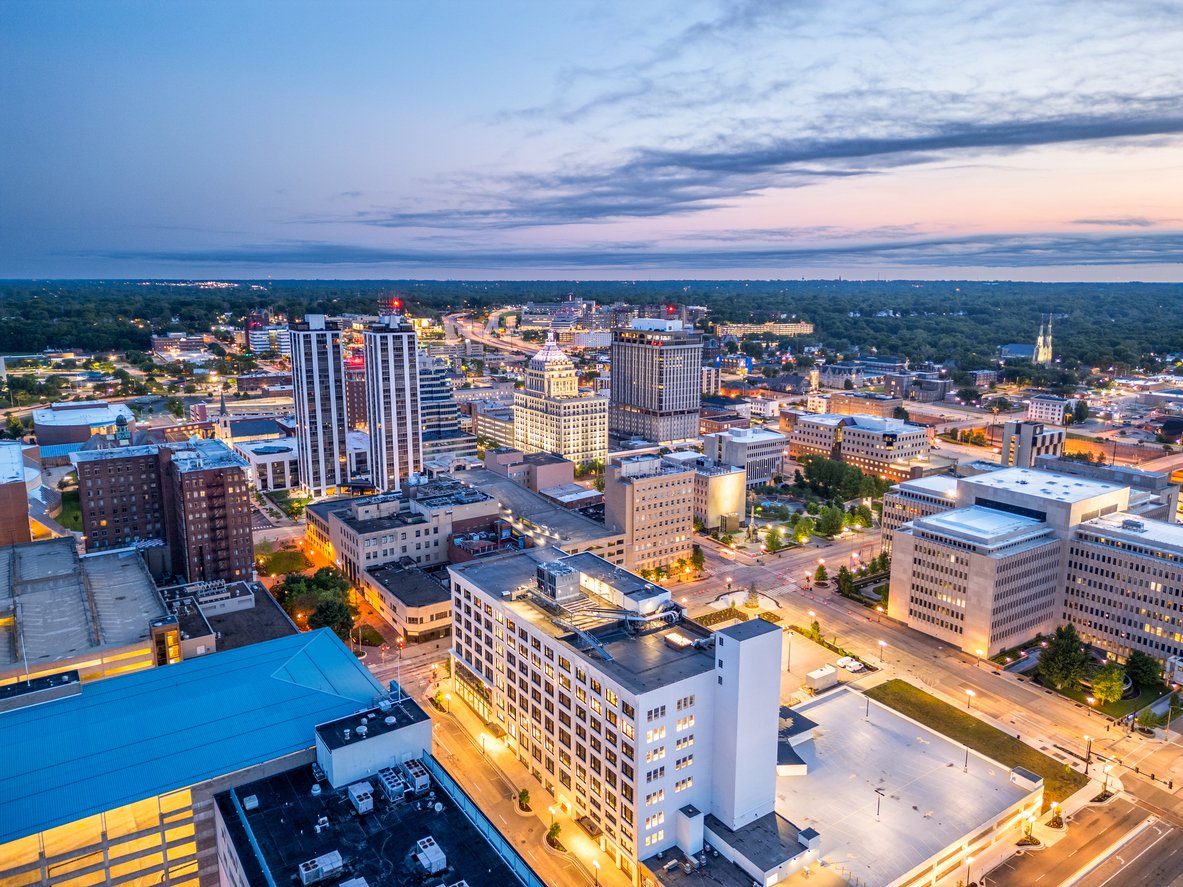
Cities around the world are redefining themselves by challenging long-held social, political, and economic norms. From embracing sustainable urban design to fostering inclusive communities, these urban centers showcase vibrant change driven by grassroots movements and innovative policies. Exploring how each city navigates its unique path reveals the varied forces reshaping urban life and highlights the growing importance of community participation in crafting future-ready environments.
1. Reykjavik is transforming urban life with sustainability and design innovation.

Reykjavik’s approach to city planning focuses on sustainability and innovative design. Known for its geothermal energy and bike-friendly streets, the city has implemented measures that prioritize low-impact living. This shift towards greener urban life reflects both environmental necessity and Iceland’s unique solutions.
By integrating modern architecture with natural landscapes, Reykjavik offers a template for future cities. The community actively participates in these transformations, ensuring that urban changes echo the society’s values and needs. Such an integrated approach showcases how initiatives shape a modern Nordic urban identity.
2. Detroit is reinventing itself through art, culture, and community projects.
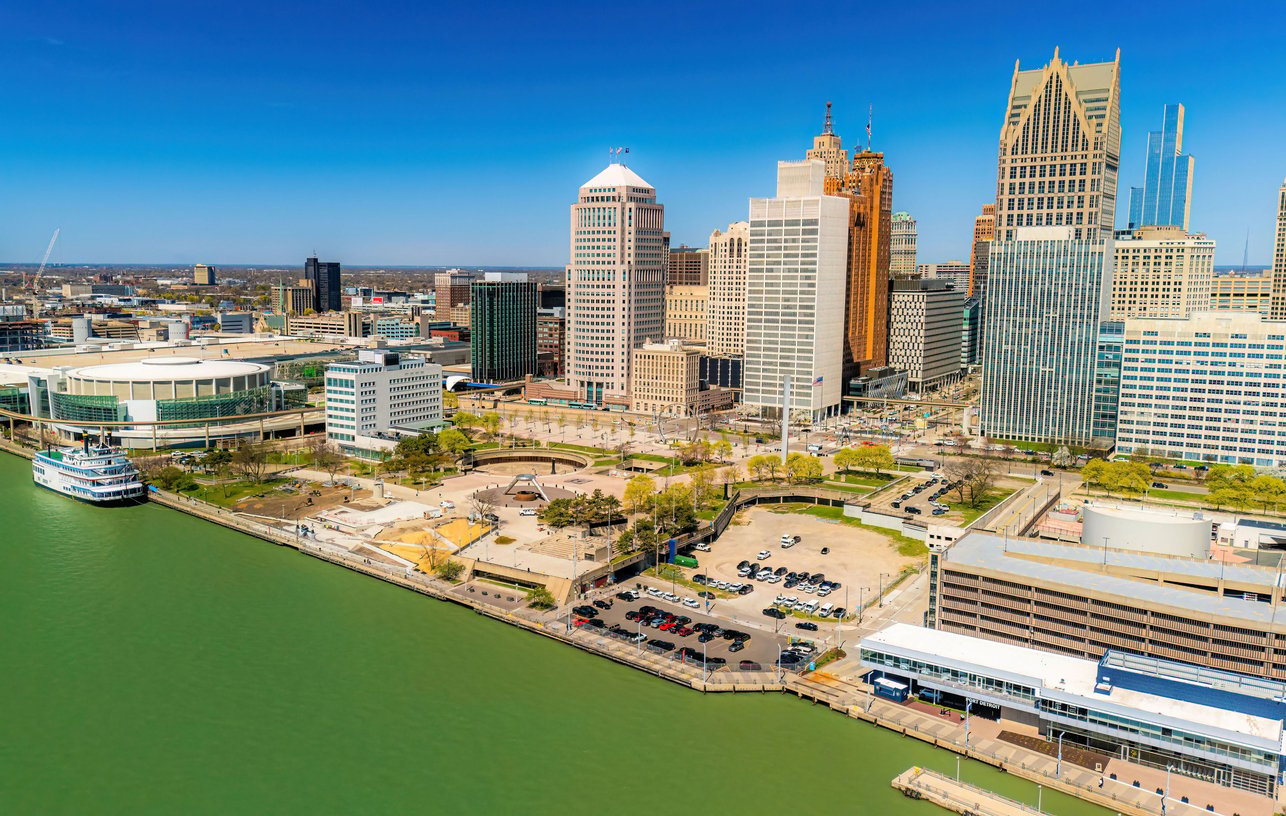
Detroit’s revival pulses through art studios sprouting in once-abandoned warehouses. Through community-led projects, the city reimagines its forgotten spaces as cultural hubs. The vibrant art scene signals an economic revival deeply rooted in local creativity and eclectic collaborations.
Amidst difficulties, Detroit’s empowered residents drive grassroots change. This movement highlights the significance of community engagement in redefining urban landscapes. The city’s transformation demonstrates how art and culture serve as powerful allies in revitalizing a post-industrial metropolis and crafting a vibrant cultural narrative.
3. Medellín showcases a new model of urban mobility and social inclusion.
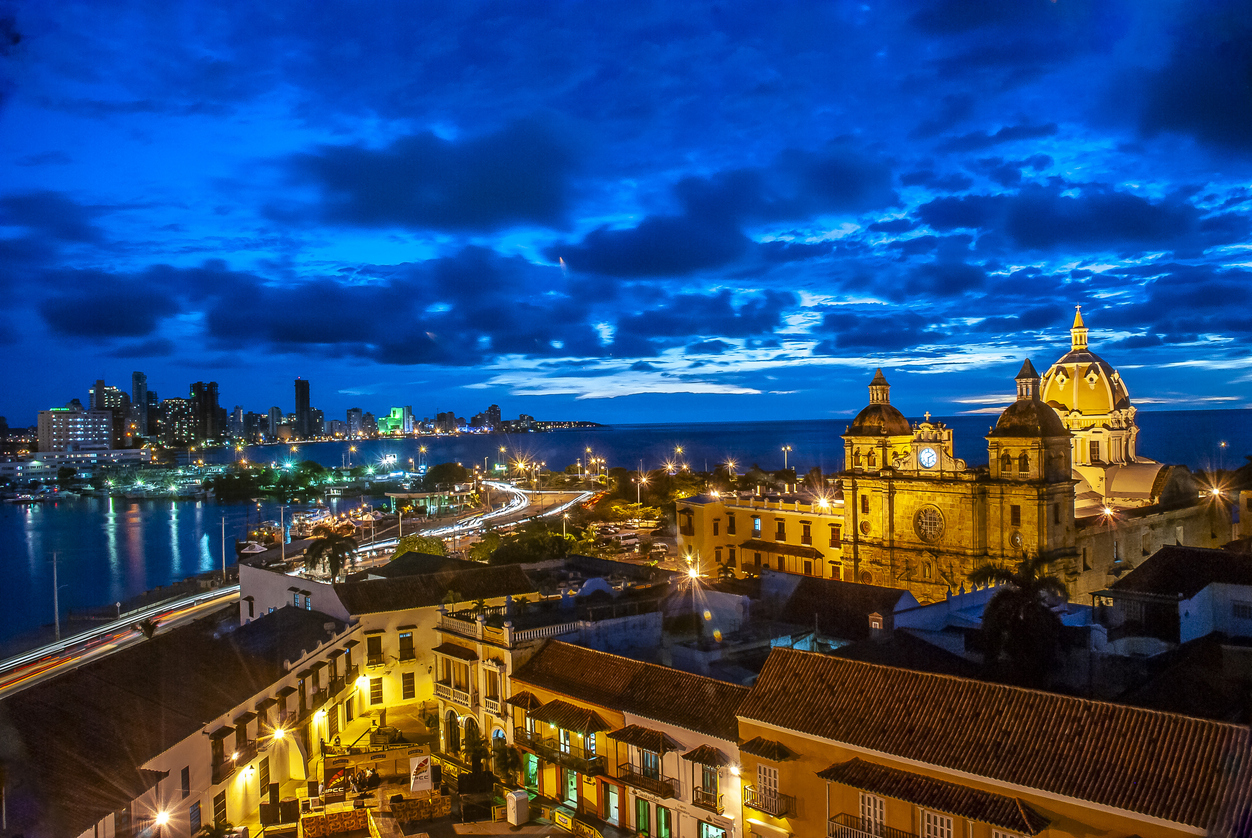
Medellín’s transformation involves groundbreaking urban mobility solutions and social inclusion strategies. The Metrocable system connects marginalized neighborhoods, physically and symbolically bridging the city’s economic divides. This urban evolution focuses on accessibility and equity, transforming residents’ daily commutes.
Beyond transport, Medellín’s participatory projects uplift communities. Its commitment to social inclusion redefines how cities can overcome historical challenges. The city’s story of renewal reveals the power of innovative infrastructure in fostering a more equitable society, blending mobility advancements with social progress on a large scale.
4. Copenhagen leads the way in cycling infrastructure and green space.
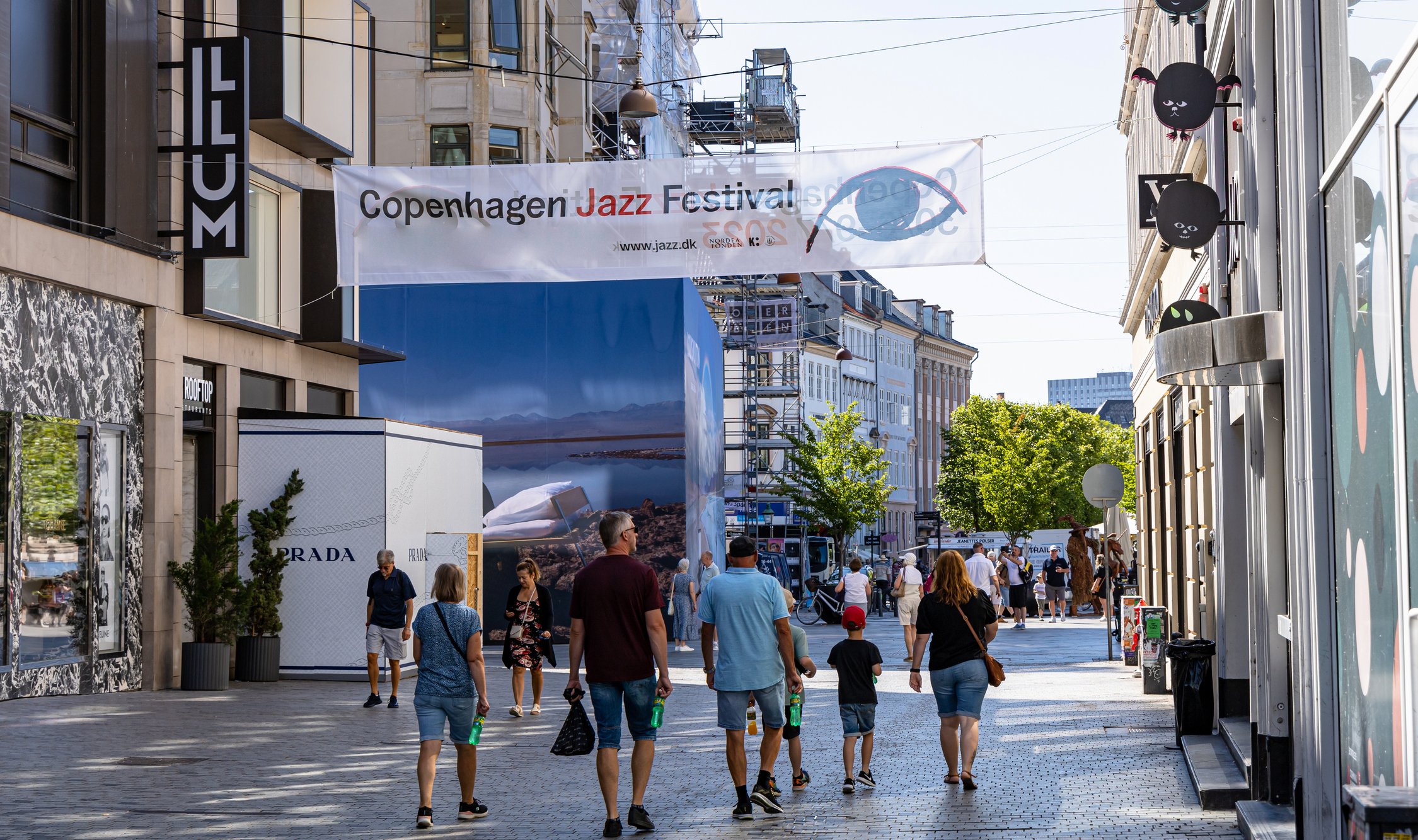
Copenhagen excels in developing robust cycling infrastructure and expanding green spaces. The city prioritizes bike lanes, making cycling a preferred mode of transportation for many locals. Its dedication to sustainable urban practices transforms traditional cityscapes into eco-friendly havens.
Greener initiatives, like urban parks, enhance both quality of life and ecological balance. By cultivating spaces where nature and city life intersect, Copenhagen sets an example for urban planners worldwide. The city’s eco-forward mindset highlights how proactive planning fosters harmony between modern infrastructure and sustainable living.
5. Berlin embraces creativity with its dynamic startup and cultural scenes.
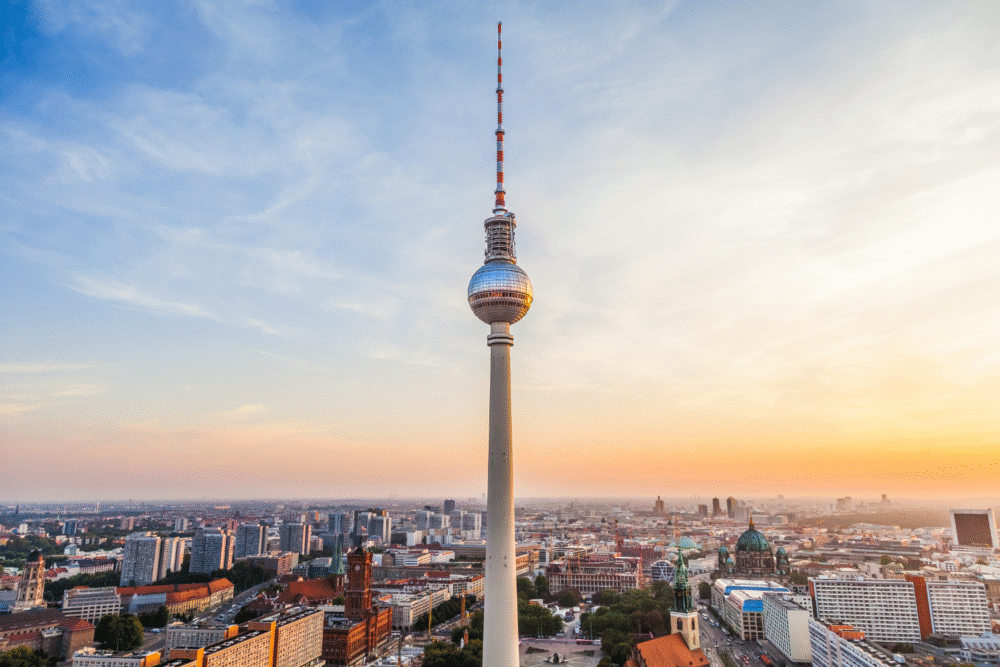
Berlin thrives as a melting pot of startups and cultural expression. Its dynamic atmosphere attracts creatives and entrepreneurs eager to shape the city’s future. Adaptive reuse of industrial spaces into coworking hubs reflects Berlin’s embrace of innovation and artistry.
This creative evolution invites diverse talents and ideas, becoming a magnet for global innovation. Berlin’s shift demonstrates how a city can redefine itself without losing its unique identity. The synergy between ambitious newcomers and longstanding communities creates a vibrant urban landscape full of potential.
6. Vancouver focuses on inclusive housing and environmental stewardship.
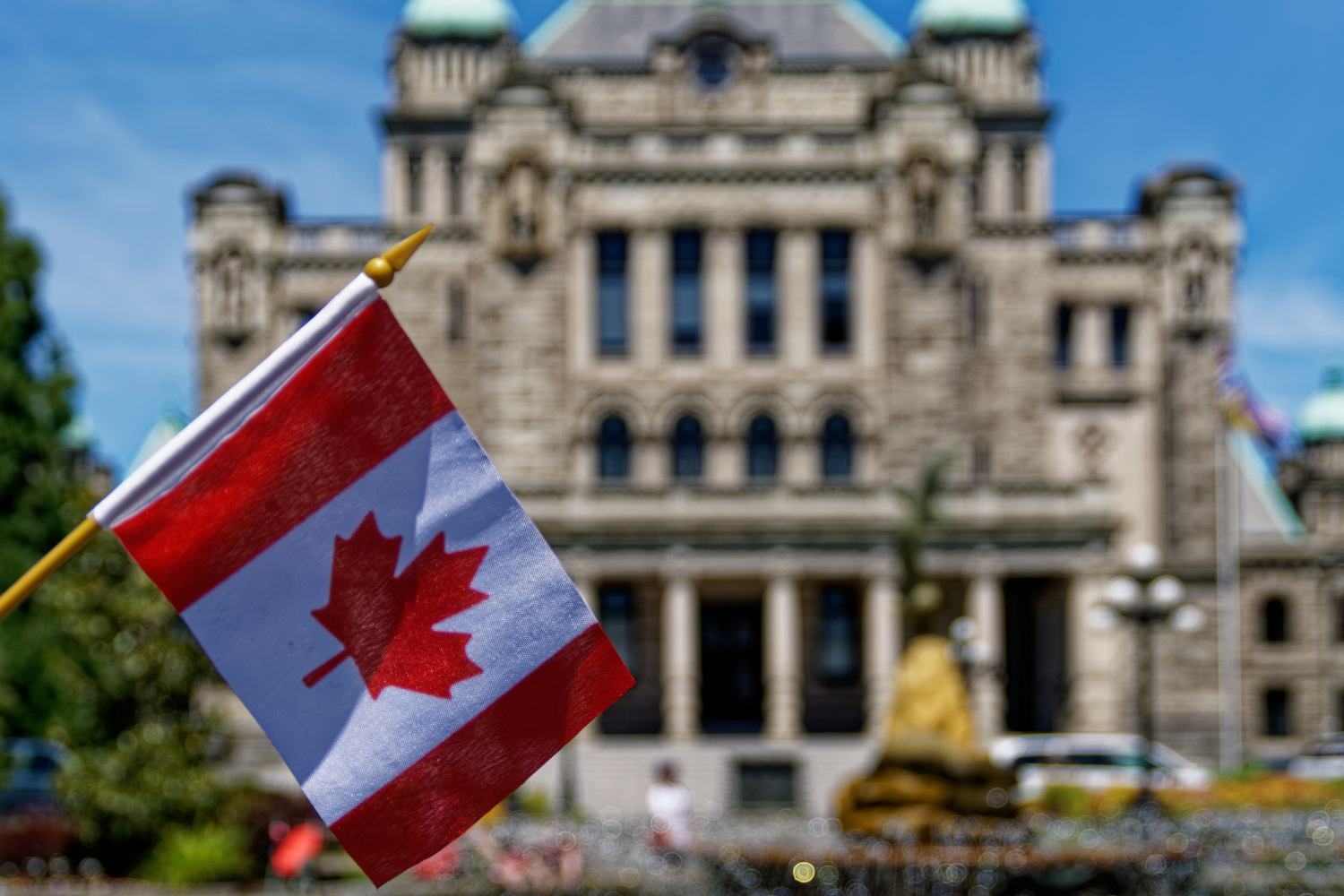
Vancouver’s approach combines inclusive housing solutions with environmental stewardship. It strives to create living spaces that accommodate a diverse population while maintaining sustainability. Urban density is balanced with environmental considerations, embodying an eco-conscious vision.
By adopting forward-thinking policies, Vancouver reveals the delicate balance needed in urban planning. Innovative housing solutions accommodate long-term growth, maintaining social harmony. The city’s commitment to inclusion and sustainability showcases the powerful role of thoughtful planning in constructing resilient urban environments.
7. Seoul blends technology with tradition in a rapidly evolving metropolis.
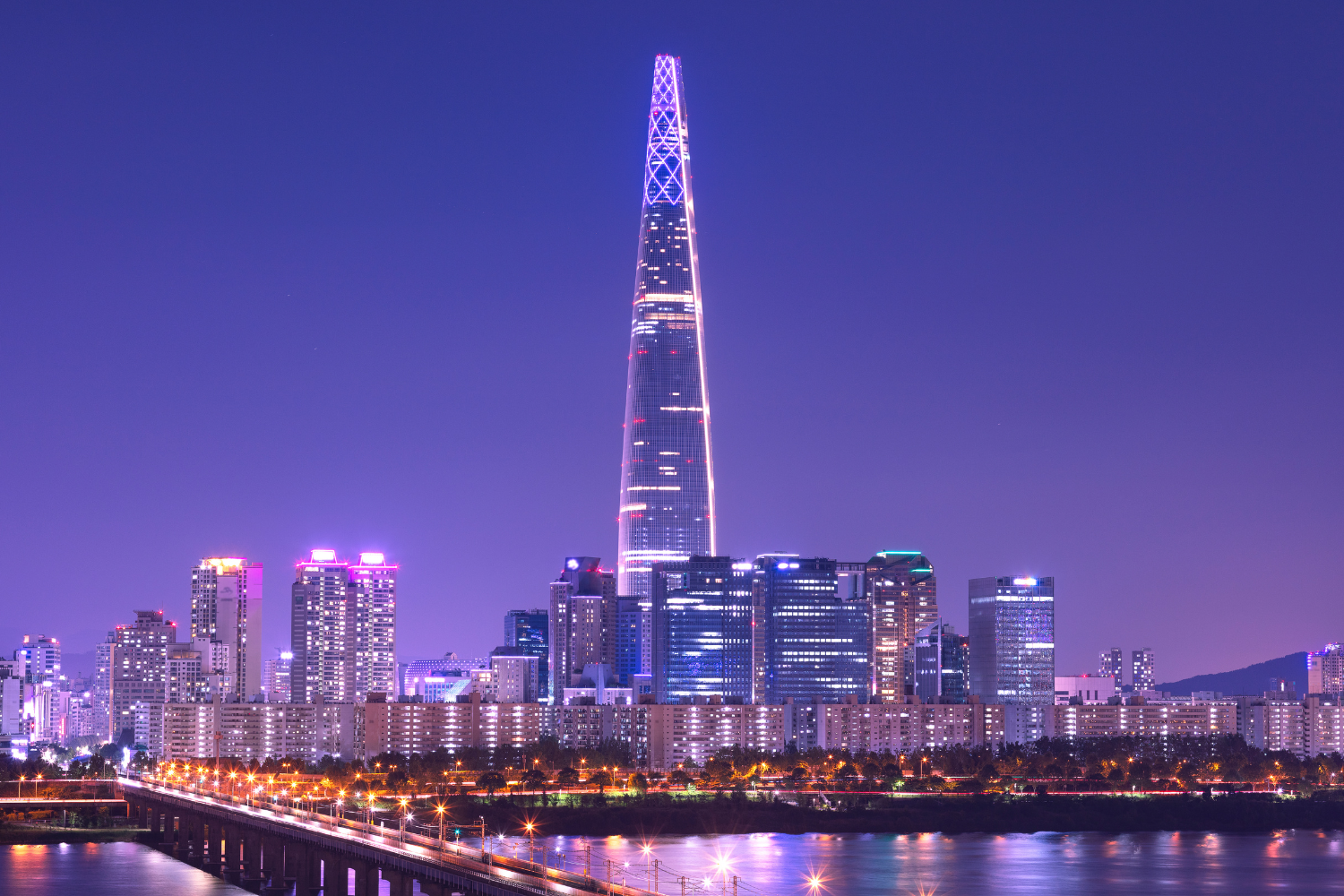
Seoul is a fast-evolving metropolis where technology intertwines with tradition. State-of-the-art infrastructure coexists with historic temples, creating a rich urban tapestry. Innovations like the seamless blend of smart technology into daily lives mark its development as a global tech hub.
While modern advancements drive progress, Seoul cherishes its cultural roots. Tradition enriches urban identity amidst rapid technological growth, offering residents a sense of continuity. This dynamic balance between past and future reflects how cities can protect heritage while embracing change.
8. Amsterdam champions progressive policies around social equality and design.
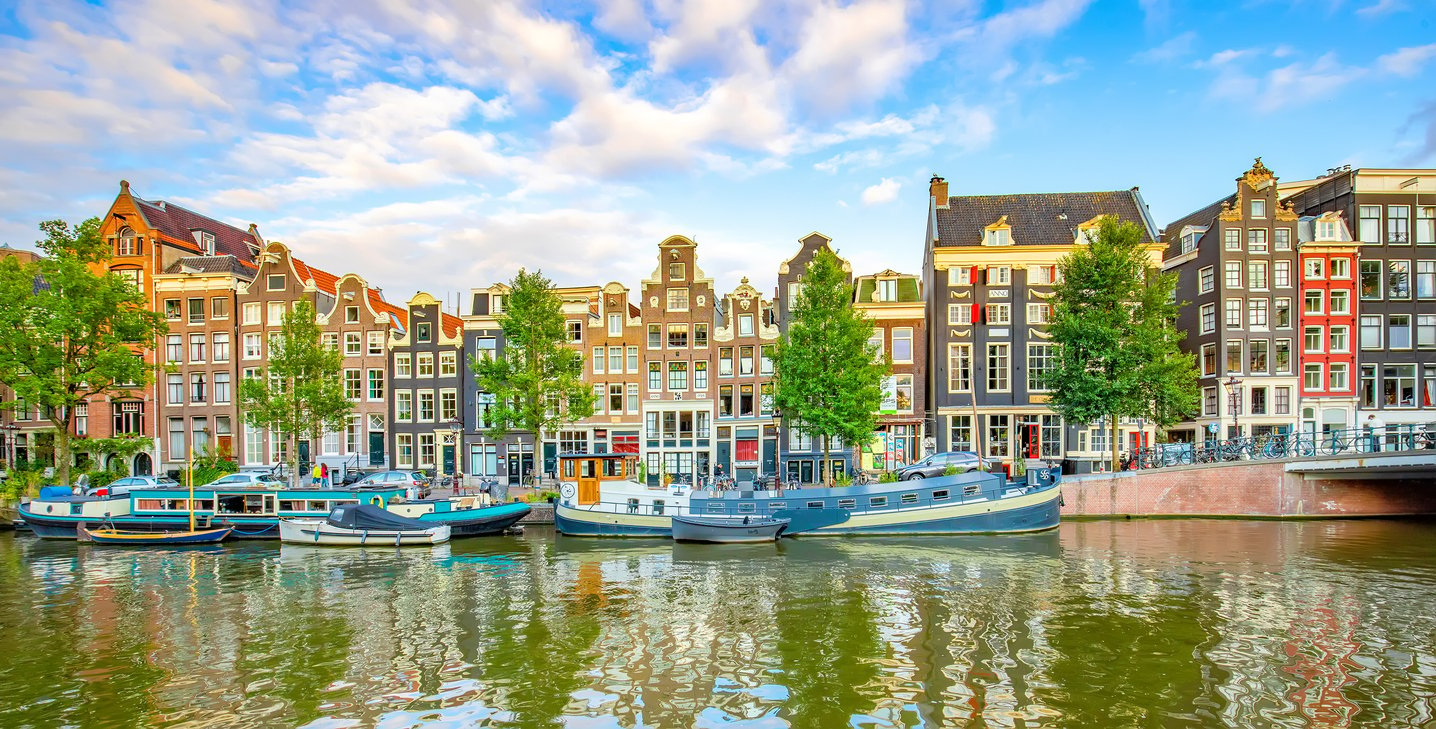
Amsterdam embraces forward-thinking policies on social equality and design, leading by example in urban progressiveness. Public spaces creatively merge form and function to foster inclusivity and accessibility. By promoting collaborative design, Amsterdam shapes a city that reflects its people’s values.
Harmonizing aesthetics with social fairness, Amsterdam illustrates the potential of inclusive design principles. Innovative policies address diverse needs, setting benchmarks for future urban developments. Its commitment to equality resonates through thoughtfully crafted spaces, weaving equity into the city’s fabric.
9. Lisbon revitalizes historic neighborhoods through thoughtful urban planning.
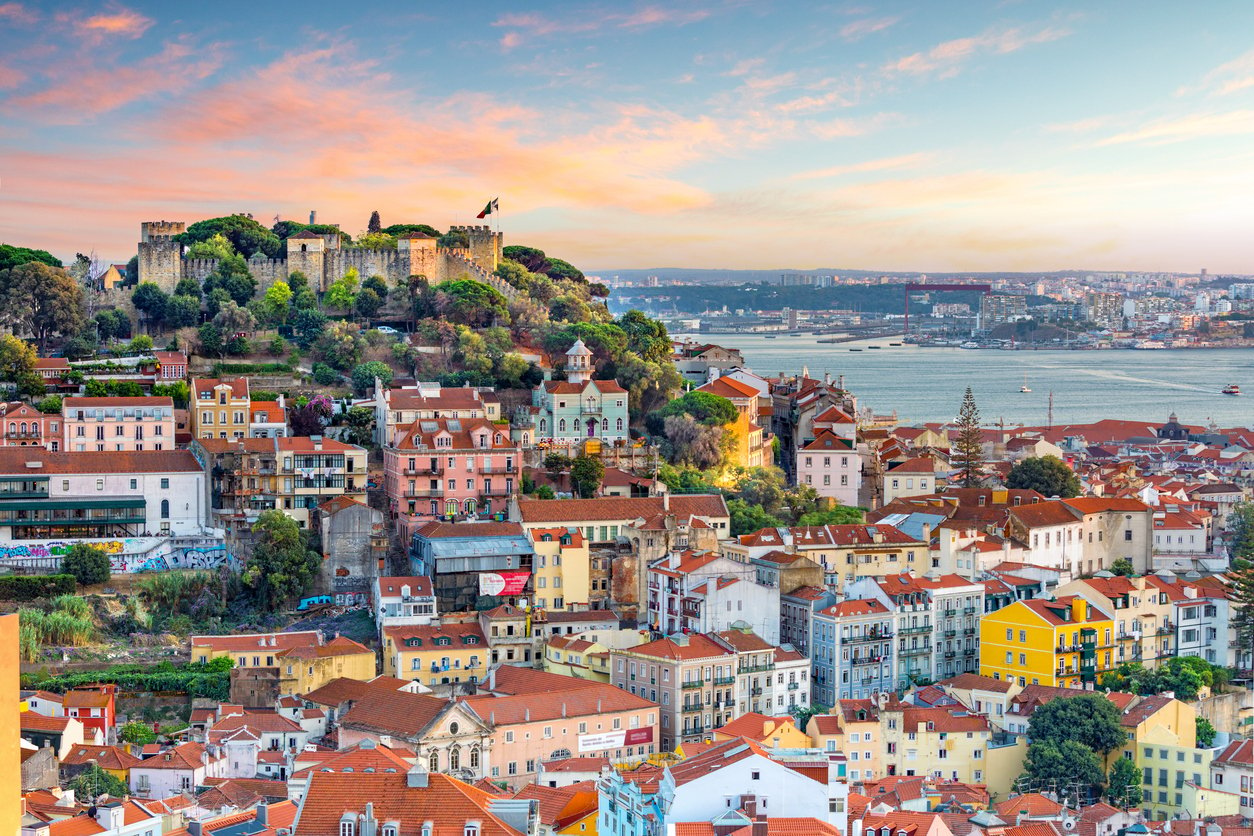
Lisbon renovates its historic neighborhoods through intentional urban planning and thoughtful regeneration. By preserving architectural heritage while integrating modern functionality, the city revitalizes these areas. This careful approach highlights Lisbon’s respect for history while adapting to contemporary demands.
Engagement with the past enhances community ties, bringing renewed vibrancy. Neighborhoods blend historical character with pragmatic updates, creating inviting spaces for both residents and visitors. Lisbon’s revitalization showcases how cities can honor history while embracing long-term neighborhood transformation.
10. Melbourne fosters innovation while preserving its vibrant multicultural identity.

Melbourne balances innovation with a deep respect for multiculturalism. This bustling city attracts talent and fosters creativity while celebrating its diverse cultural fabric. High-tech developments coexist with rich community traditions, providing fertile ground for new ideas to flourish.
Maintaining cultural vibrancy ensures Melbourne’s unique character remains intact amidst change. By respecting varied traditions, the city offers a dynamic space where innovation thrives. Melbourne exemplifies how cities can honor diversity while igniting creative potential, crafting a unique urban identity.
